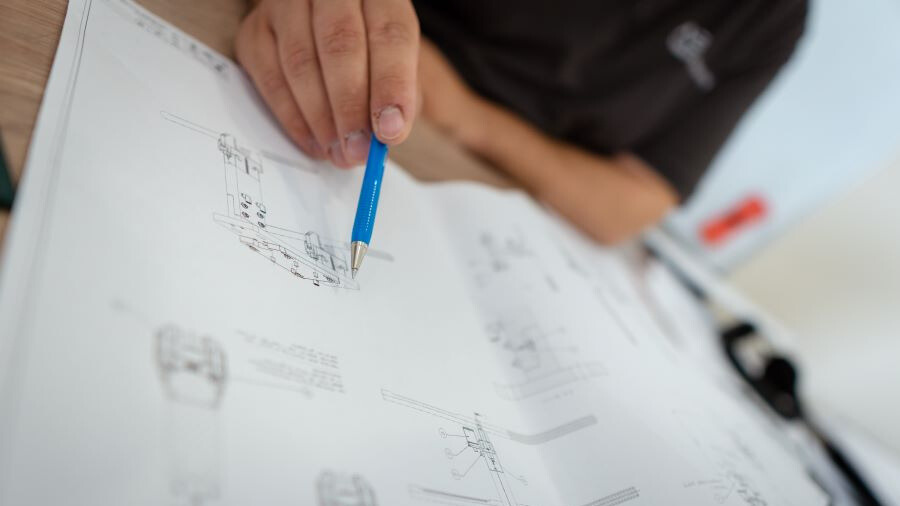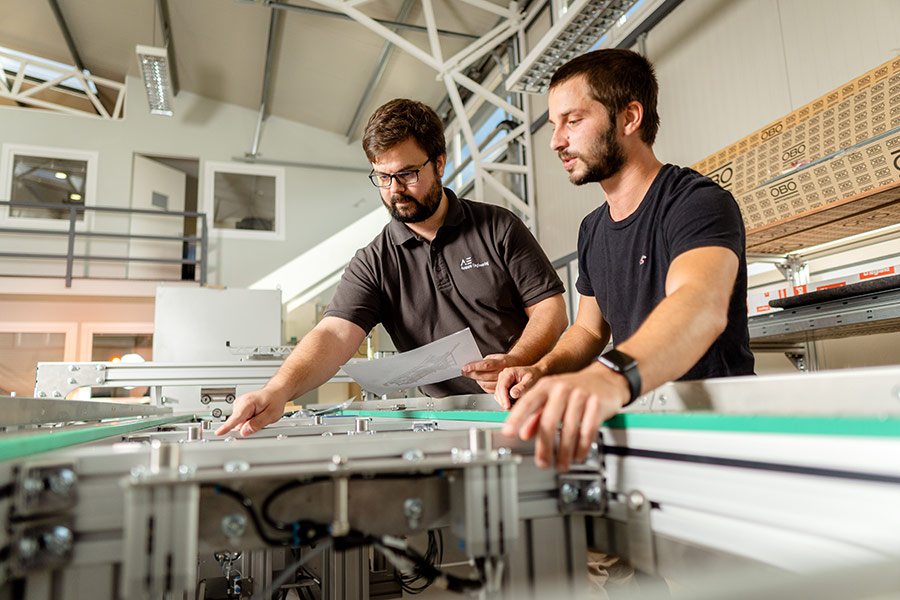One of the most effective strategies is retrofitting machines, which involves upgrading existing equipment with energy-efficient technologies. Let’s explore how retrofitting machines can contribute to a greener and more sustainable future.
- Upgraded Components: Retrofitting involves replacing outdated or inefficient components with modern, energy-efficient alternatives. By upgrading motors, drives, and control systems, machines can operate more efficiently, consuming less electricity without compromising performance. For instance, installing variable frequency drives (VFDs) allows machines to adjust their speed and power consumption based on actual needs, resulting in significant energy savings.
- Enhanced Insulation and Sealing: Poor insulation and sealing can lead to machine energy losses. Retrofitting involves improving insulation and sealing mechanisms and reducing energy wastage due to heat transfer or air leakage. Proper insulation materials, such as high-quality thermal barriers and improved gaskets, can minimize energy losses and optimize machine performance, lowering electricity consumption.
- Smart Sensors and Automation: Integrating intelligent sensors and automation systems during retrofitting enables machines to operate more intelligently. These technologies can detect energy inefficiencies, optimize machine settings, and reduce energy usage during idle periods. Automating processes and incorporating energy management systems can fine-tune machines for maximum efficiency, resulting in substantial energy savings.
- Energy Recovery Systems: Retrofitting also offers the opportunity to install energy recovery systems, which capture and reuse energy that would otherwise go to waste. For example, heat exchangers can recover and repurpose heat generated during machine operation. This repurposed energy can be used to preheat water or provide heating for other processes, reducing the need for additional energy sources and minimizing overall electricity consumption.
- Maintenance and Monitoring: Retrofitting machines often includes implementing advanced monitoring and maintenance systems. These systems enable real-time energy usage tracking, performance metrics, and potential malfunctions. By promptly identifying and addressing energy inefficiencies, machine operators can optimize energy consumption and reduce waste over time. Regular maintenance also ensures machines operate at their peak efficiency, maximizing energy savings in the long run.
Retrofitting machines with energy-efficient technologies is a viable and practical approach to conserving electric energy. Significant energy savings can be achieved by upgrading components, improving insulation and sealing, incorporating intelligent sensors and automation, installing energy recovery systems, and implementing effective maintenance and monitoring. Embracing retrofitting as a sustainable solution benefits individual businesses by reducing electricity costs and contributes to a greener, more energy-conscious society.


